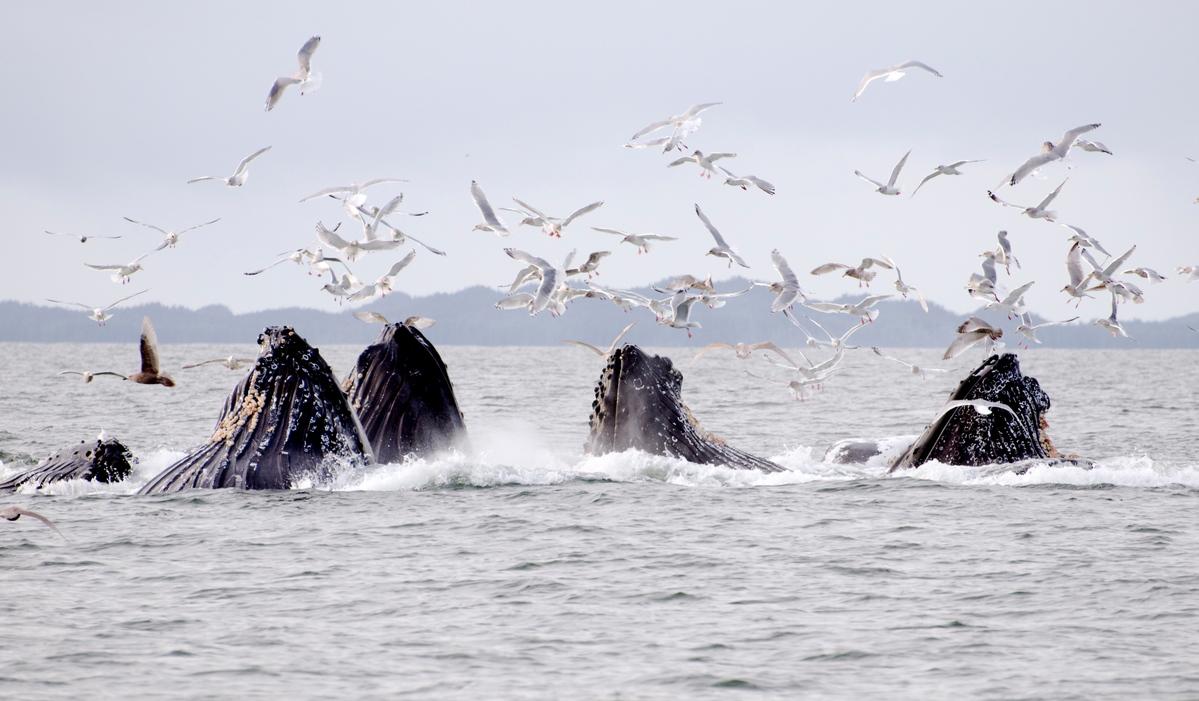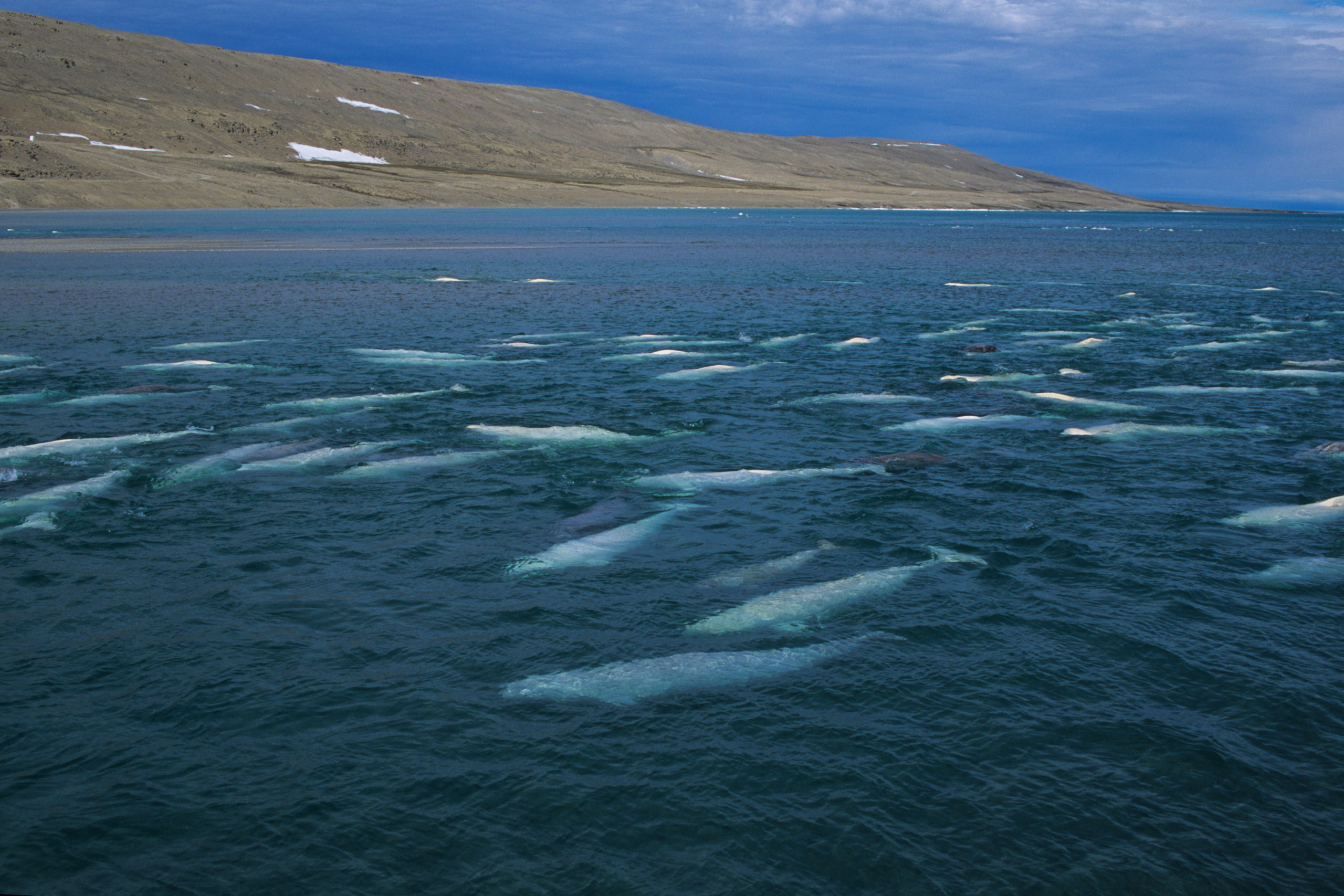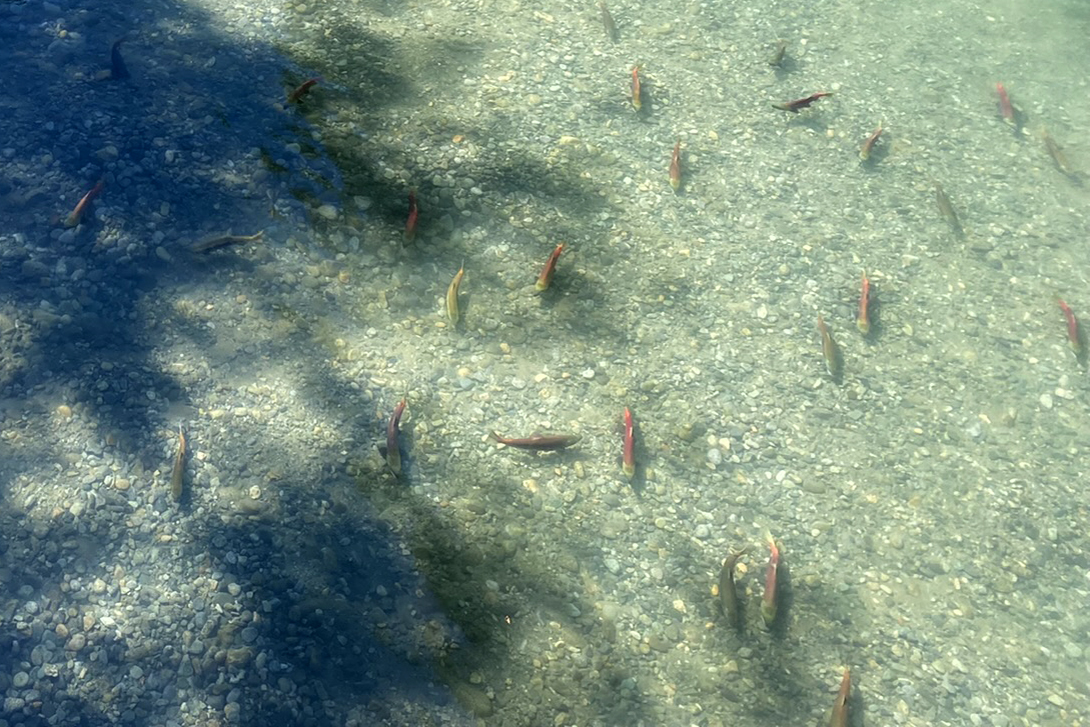10 ways the tides are changing for ocean conservation
Happy Oceans Month! To celebrate, we’re sharing the top 10 biggest ocean conservation wins of the past year. Though the tides are changing thanks to the support of ocean advocates across the country, we’re not going to start coasting now.

1. 30×30
The Kunming-Montreal Agreement, adopted at COP15, included several targets to halt and reverse nature loss. Among them was the crucial 30×30 commitment made by nearly 200 countries to protect 30 per cent of national marine and coastal areas by 2030.
2. High time to protect the high seas
But what about international waters? Well, the world soon came back together to conserve marine life and restrain harmful activities in the two-thirds of the ocean known as the high seas. The historic UN High Seas Treaty will allow for the creation of MPAs in international waters and allow for the sustainable and equitable use of the ocean’s resources.
3. New standard for Marine Protected Areas (MPAs)
After nearly a decade of advocating for strong standards, including a petition for no oil and gas in MPAs signed by tens of thousands and last year’s No Dumping in MPAs campaign that saw over 20,000 emails sent to the federal government, a new MPA Protection Standard was unveiled in February.
It made good on Canada’s promise to prohibit oil and gas activities, bottom trawling and mining in all MPAs designated since 2019. It also proposed mandatory restrictions on the dumping of harmful ship waste in MPAs located within the territorial sea (up to 12 nautical miles from shore) and voluntary restrictions in our national “exclusive economic zone,” which extends to 200 nautical miles.

4. Baffinland mine expansion: REJECTED
The federal government listened to the facts and respected the clear wishes of Inuit by rejecting the proposed expansion of Baffinland’s Mary River Mine. If allowed to go forward, it likely would have had devastating effects on caribou as well as narwhal, beluga, polar bears and other wildlife in the Tallurutiup Imanga National Marine Conservation Area where Baffinland operates.
5. Great Bear Sea MPA Network
An action plan for a network of MPAs across the Great Bear Sea was announced by provincial, federal and First Nations governments. Not only will it safeguard the region’s rich biodiversity, it also serves as a ground-breaking model for how to do 30×30 right — by incorporating a network-based approach to marine conservation that prioritizes Indigenous co-governance and reconciliation.
6. Moratorium on deep seabed mining
The risks of digging up of the ocean floor for metals, minerals and raw materials is not fully understood. Following calls from WWF and other ENGOs, the Canadian government issued a de facto on deep seabed mining: “Canada does not presently have a domestic legal framework that would permit seabed mining and, in the absence of a rigorous regulatory structure, will not authorize seabed mining in areas under its jurisdiction.”
7. Seamounts saved
Canada pledged to protect underwater mountains known as seamounts from destructive practices like bottom trawling. Recognized as biological hotspots and critically important ecosystems, a vast chain of seamounts will also receive protection as part of the newly created Tang.ɢwan-ḥačxʷiqak-Tsig̱is MPA on the West Coast.
8. Oil and gas exploration permits dropped
Chevron Canada and ExxonMobil voluntarily surrendered 20 “sleeper” oil and gas exploration permits following lawsuits from WWF-Canada and David Suzuki Foundation. This is a major milestone in the fight to remove the threats of oil and gas development in the Scott Islands National Marine Conservation Area and the Hecate Strait/Queen Charlotte Sound Glass Sponge Reefs Marine Protected Area, home to 9,000-year-old reefs that exist nowhere else on Earth.

9. Salmon are coming back
WWF-Canada worked with more than 30 partners over the past five years to support habitat restoration for coastal species. In N.L., we worked to restore several unique environments and ensure safe passage for migrating salmon populations. And in B.C., we helped Katzie First Nation rebuild creek systems to restore salmon migration routes and habitat. During last summer’s sockeye run, we witnessed salmon already using the restored spawning channels!
10. Advancing our understanding of blue carbon
This Oceans Day, we released a collaborative report on the state of knowledge of blue carbon across Canada’s 244,000-kilometre coastline. The report explores gaps in our current understanding, as well as recommendations to protect, manage and restore these valuable ecosystems.
What’s next for oceans?
We’ve made significant progress for oceans together. We thank our supporters for all these wins and over the next year we’ll continue to paddle toward:
- Achieving Canada’s commitment to protect 30 per cent of its ocean and coasts by 2030.
- No dumping in all MPAs by working at the International Marine Organization to make restrictions on vessel discharges mandatory in MPAs beyond 12 nautical miles that fall under the jurisdiction of international shipping regulations.
- Voluntary relinquishment of all oil and gas leases in critical habitats. Not only do the dozens of permits still on the books pose a threat to MPAs designated pre-2019, but they could also still limit the creation of new conservation areas.
- A national strategy to manage underwater noise pollution, complete with noise thresholds and mechanisms for monitoring and enforcement.
- Safeguarding blue carbon so these coastal ecosystems can continue to help fight climate change.

